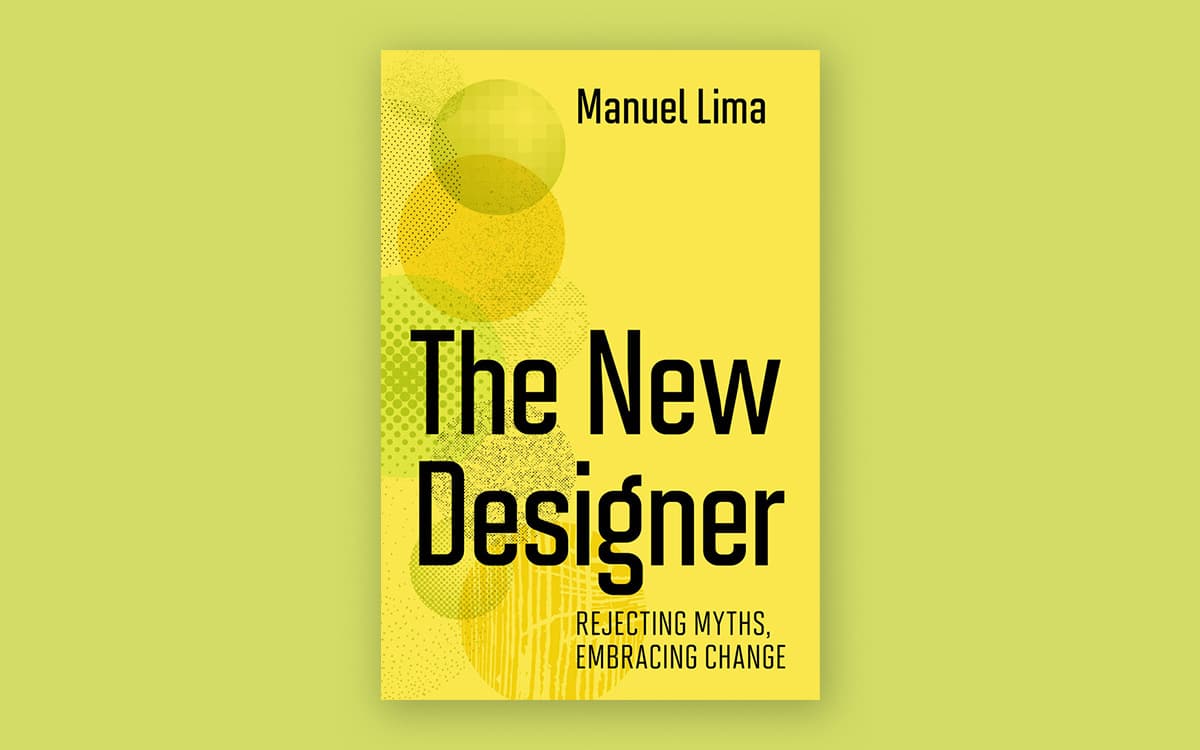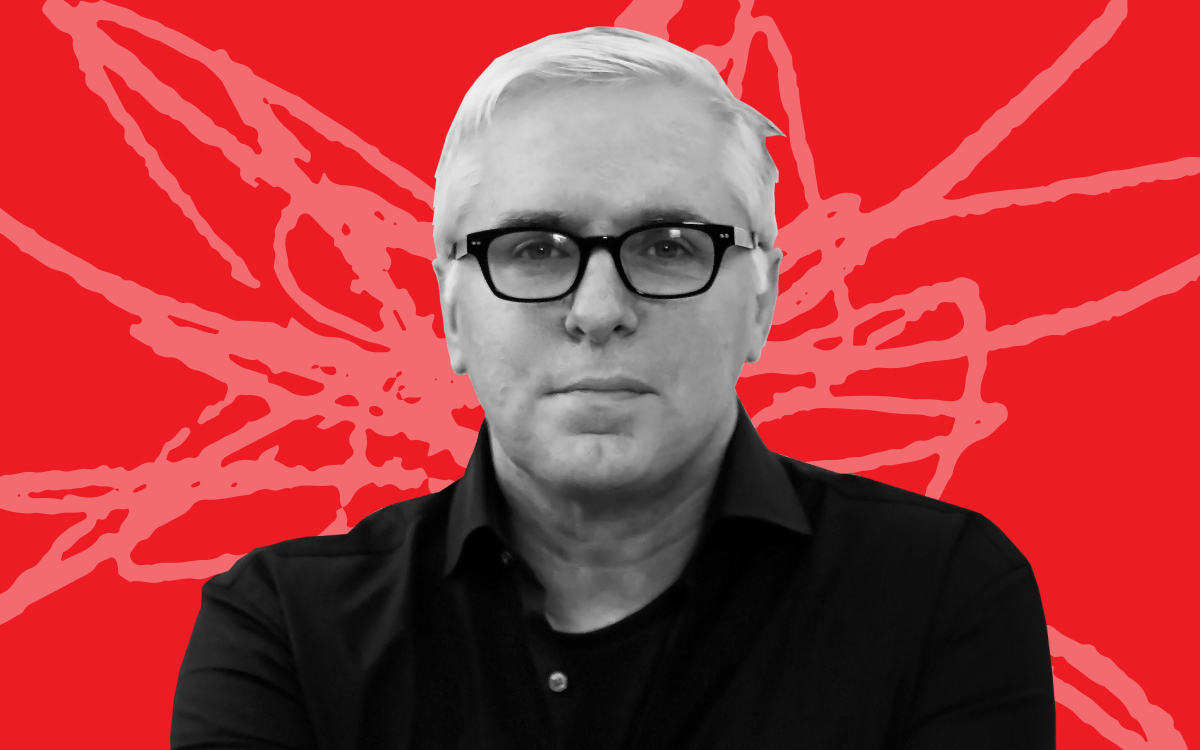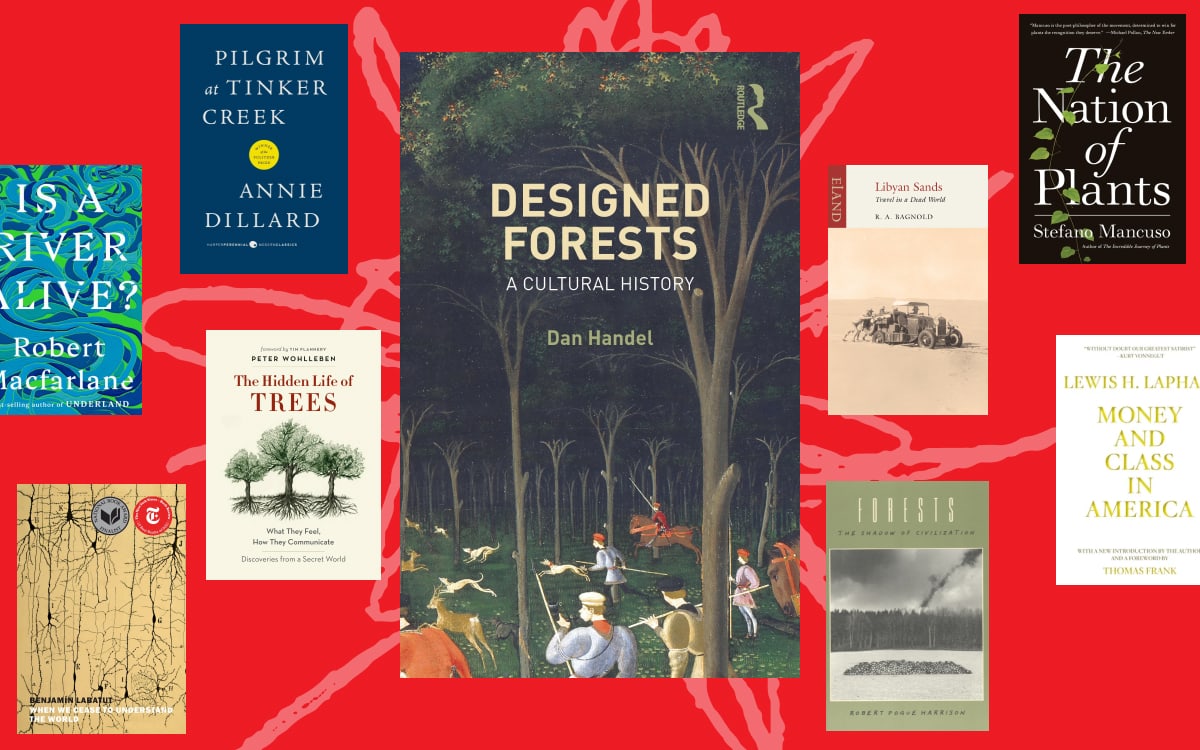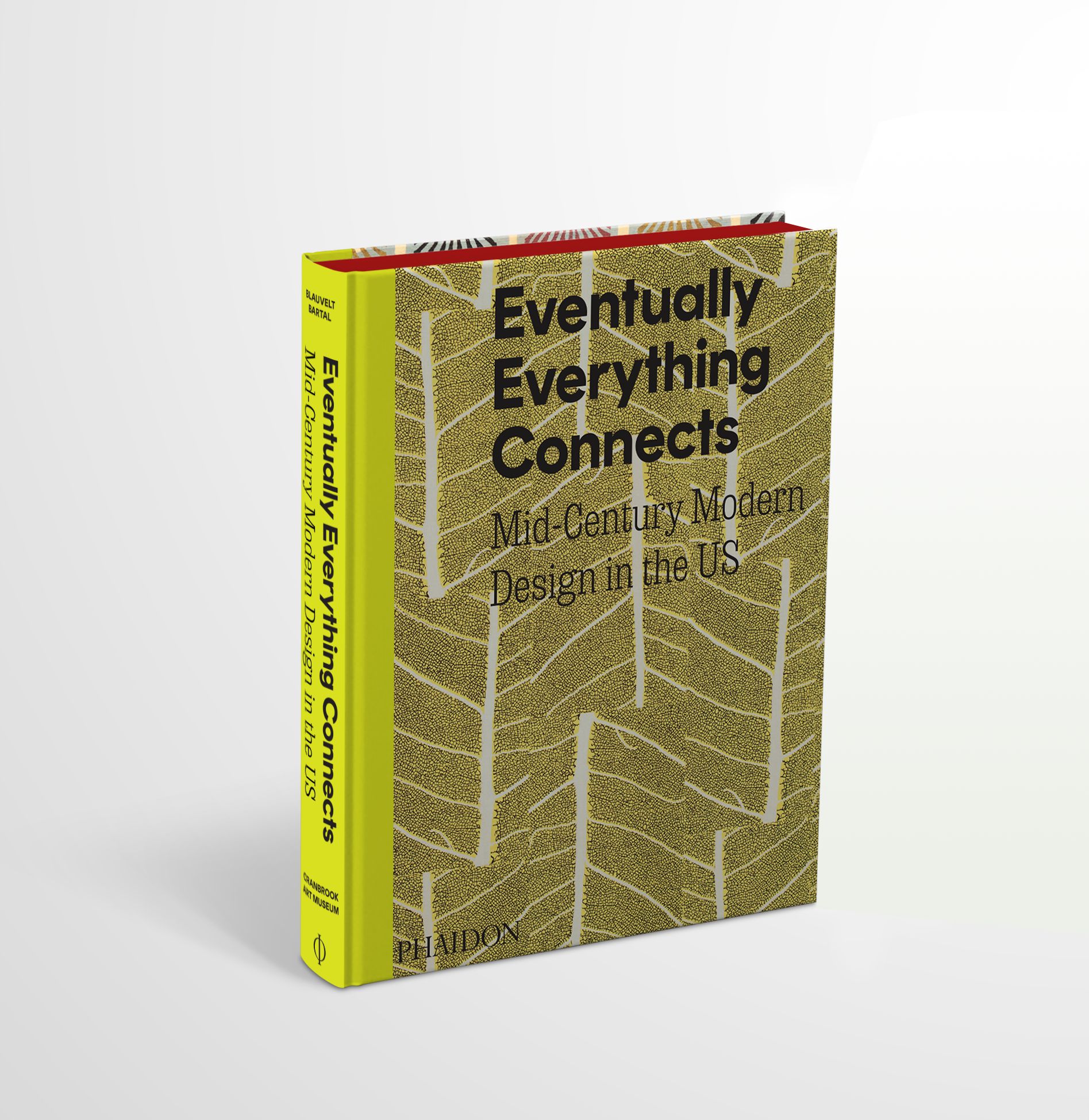This essay has been adapted from The New Designer, published by MIT Ppress. It is available to purchase here. It was republished here with permission from the publisher.
In 1992, architect Michael Brill was commissioned with an unusual brief. He and his team had to come up with a solution that could express danger to generations thousands of years into the future. Effectively communicating with other people living six or eight thousand years from now is no small feat. What symbol or graphical representation could be used to guarantee the successful decoding of the message, particularly if no modern-day written language is likely to last that long? Is there a universal, enduring metaphor for hazard? The unusual brief came from Sandia National Laboratories, which invited artists, designers, and architects to help them communicate the location of a new underground nuclear waste facility in Carlsbad, New Mexico. In operation since 1999, the Waste Isolation Pilot Plant (WIPP) is a deep geological repository that stores radioactive waste in a salt formation 2,150 feet (660 meters) underground. The plant is licensed to store the waste from the production of US nuclear weapons from twenty-two generator sites for up to ten thousand years. This waste can remain radioactive for at least 100,000 years.
This might be one of the most extraordinary design challenges of all time, and it has long occupied my mind, in part because of the thrill of creating a unique means of communicating with unknown future individuals, possibly even nonhuman individuals, and the monumental consequences of failure. The range of design concepts produced for the design challenge was remarkable. Out of the many ideas that didn’t rely on the use of written language, such as pictograms of humans faces experiencing pain or a depiction of Edvard Munch’s painting The Scream, was the riveting proposal by Brill and his team. Titled “Landscape of Thorns,” the plan featured massive granite thorns poking up from the ground as a threatening sign to future generations that this was not a welcoming place. The fact that we all have an innate fear of sharp objects in nature and associate them with danger could work in favor of Brill’s solution. Think of the thorns of a plant or the cutting edge of a rock. We have developed an instinctive aversion to them because they can really hurt us. Perhaps if future generations were to see such a frightening landscape permeated by granite thorns they will perceive it as something threatening and worth avoiding. We can only hope.
This design challenge also puts into perspective how long our stuff lasts. Not only have our cities and large structures had an undeniable impact on the planet over the past ten thousand years, but even if we stopped all that we are doing today—if we simply vanished suddenly—our stuff would still be around for thousands of years with the potential for inflicting further harm. One way of taking accountability for this is to expand our concept of the present. A similar approach has been pursued by the Long Now Foundation. Established in 1996 as a “counterpoint to today’s accelerating culture,” the foundation employs five-digit dates (using 01996 for a year instead of 1996) as a means of replacing the “now” with a “long now” that lasts twenty thousand years. This stretching of our historical framework is important for a couple of reasons: it expands our idea of the present and also makes the future seem closer. The next two thousand years appear to be just around the corner. Furthermore, placing humans within the “long now” enhances our sense of responsibility for what will happen within that time span. It helps us to plan and design in a long-lasting way.
The long-term effects of our presence on planet earth do not end with the end of our species. And radioactive waste is not the only thing that outlives us. Plastic can stay in the environment for up to five hundred years, and our planet is literally drowning in it. In 1950, the world produced only 1.5 million metric tons of plastic, but that figure has increased nearly 250-fold, reaching 367 million metric tons in 2020. You can close your eyes and picture a line graph with a very steep line increasing dramatically in the past decade. It is estimated that 8 million tons of plastic enter our oceans every year, adding to the estimated 150 million tons already there. That’s the equivalent of one five-ton truck of plastic being dumped into the ocean every minute. Unfortunately, we have been sold a myth about recycling. Chile, a country with less than 20 million people, consumes approximately 990,000 tons of plastic every year and recycles only 83,679 tons (8.5 percent). This rate is consistent at a global level. Roughly 91 percent of our plastic is not being recycled. There’s no monetary incentive to recycle, so we keep producing more. “It is far cheaper and more profitable to make new plastic (from oil and gas) than to recycle it. But in order to keep selling new plastic, the industry had to ‘greenwash’ its wasteful image by embracing recycling,” writes journalist Simon Wilson in a report on an investigation by journalists at National Public Radio into the dark history of plastic manufacturing.
If plastic objects were plotted on a matrix that compared time of usage versus full lifespan, bottled water would likely be the worst ecological offender. One million water bottles are sold every minute around the world. They have a very brief single use (as long as the consumer takes to empty it) and a very long life cycle (up to five hundred years to decompose). They are the epitome of our disposable culture and a symbol of the irresponsible and gratuitous nature of most designed objects produced in recent times. To build something that is used for only a few minutes and yet stays in the environment for hundreds of years is reprehensible. Unfortunately, most of the physical objects around you will likely outlive you. Even if they are no longer operating as intended, most of their constituent parts will inhabit various dumpsters or regions of the ocean for decades and possibly centuries. The time you spend using them is a small fraction of their lifespan. As a designer, your goal should be to target the opposite quadrant of that matrix—where you can maximize the time of use and decrease the environmental impact.
“Practically everything we do today needs to change. We are still doing most things as if we own nature and have unlimited resources. We work as if waste is not a problem. We treat nature like a pantry and a toilet,” says Canadian designer Bruce Mau: “We think short term, party like there’s no tomorrow, and pass the check to future generations.” One way to mitigate this careless attitude is to stop thinking of users as the endpoint of a product’s journey. We do not design for humans. Customers are only transient users of our products. We ultimately design for the environment. Your product will likely outlive your end user and inhabit the environment for much longer. We need to expand the life cycle of a design and plan for postuse. Any product journey is incomplete if it doesn’t reflect this critical shift in understanding. Even digital products will continue populating a digital wasteland with no end in sight. But nature is not an unlimited resource. We cannot continue to act without acknowledging consequences. As Mau states, we need to “think forever, design for perpetuity.”
Our recent focus on the user has brought design to the forefront across many industries, but it has proven to be an inadequate and outdated model. “Human-centered design is great for mops and phones,” writes American designer Jesse Weaver, “but it won’t solve society’s biggest problems.” In a way, human-centered design reminds me of an ancient concept called scala naturae, or the ladder of life, that in the Middle Ages became part of the great chain of being, which normally featured God at the top of a pyramid, followed by humans and a succession of “lower animals.” It is an anthropocentric, hierarchical view of the world that led to many unintended consequences, including seeing nature as a resource to be exploited and humans as the most important element of our environment. By focusing primarily on the human part of nature, we have become blind to everything else. We have lost touch with bigger challenges that often lie outside of an individual’s needs and recurring problems. We must abandon this simplistic approach. The world has moved on. To consider only the whims of a single node in a vast, interdependent web of cause and effect is shortsighted and part of the problem. It is a single solution for a single problem.
Instead of a human-centered approach, we need to think of a life-centered or earth-centered design methodology. Humans make up approximately 0.01 percent of all life on earth. Yet a vast majority of all we do as designers is done with them in mind. If we want to invest in sustainable design and reduce negative impacts on the environment, we need to stop centering on the human. We must understand the problem from the viewpoint of nature—investigate its unique needs and requirements, identify its fragilities, and embrace the immense opportunities it offers for cooperation. We need to see ourselves as part of a symbiotic, greater whole and start planning for a “long now” that looks deep into the future. This means changing the storytelling formula introduced in chapter 3 so that the main character is no longer the human but instead our planet. It means to design for the end of the customer journey, what British designer Joe Macleod calls Endineering, but also well beyond single usage and single users. It means conceptualizing objects, structures, and systems that can be continuously adapted and modified and that can incorporate different types of unforeseeable handling. It means adopting transformation and reconfiguration as if they were features. Designing for now will not be enough.
Professor of psychology Martin E. P. Seligman and John Tierney struggle with the conventional name for our species. Homo sapiens or “wise man,” they argue, seems “more of a boast than a description.” Perhaps we should use a descriptor that is unique to humans, but as we pay more attention to other species, we realize that language, tools, and cooperation are not exclusively human traits. The best distinction between us and other creatures appears to be our ability to “contemplate the future.” According to the authors, “Our singular foresight created civilization and sustains society.” As Homo prospectus or “prospective man,” we can see the future and predict numerous consequences to our actions, both short- and long-term. Yet we continue acting on our instincts, biases, and the oldest, most reactive parts of our brain. Why are we failing to foresee what is in front of our eyes? Why are designers not doing their job? Designer Victor Papanek was sounding the alarm about social and environmental responsibility fifty years ago. Why are we still not reacting in the face of an existential crisis? Why do we believe that all will be OK?
This essay has been adapted from The New Designer, published by MIT Ppress. It is available to purchase here. It was republished here with permission from the publisher.




